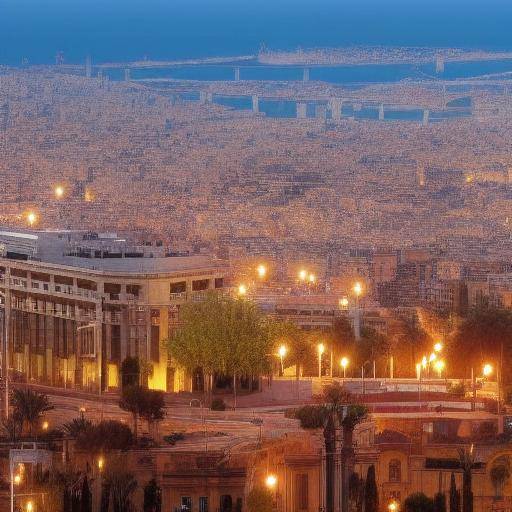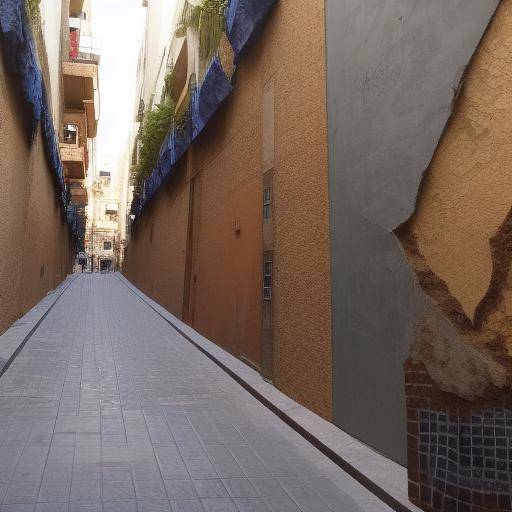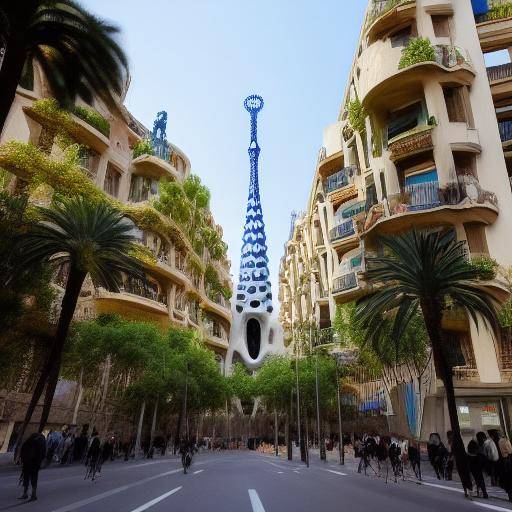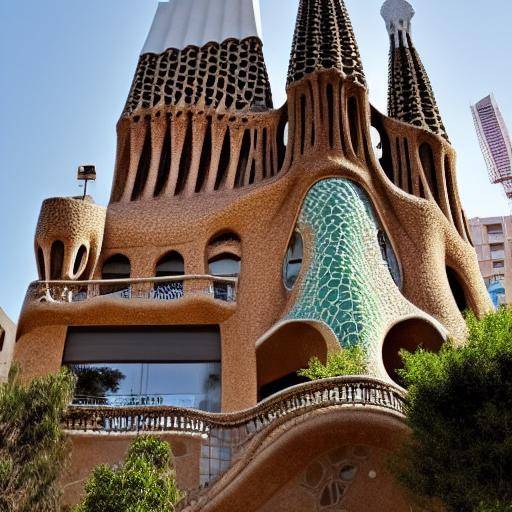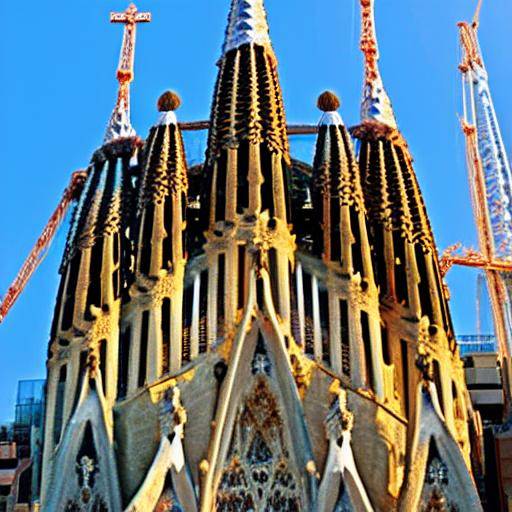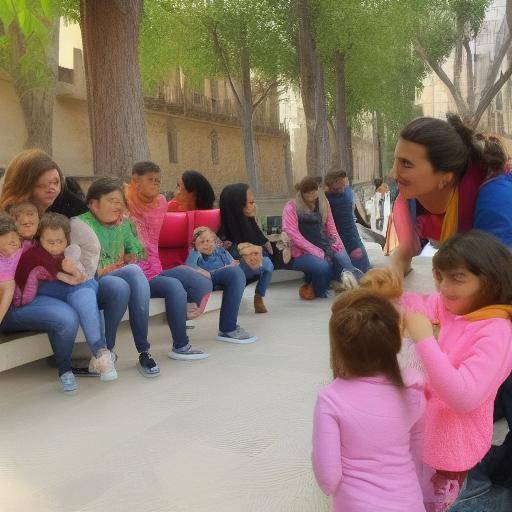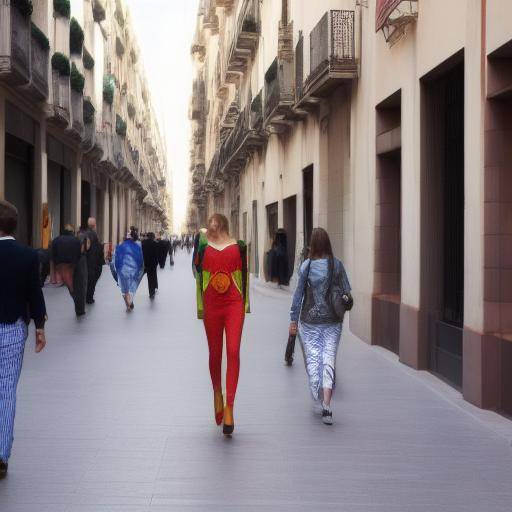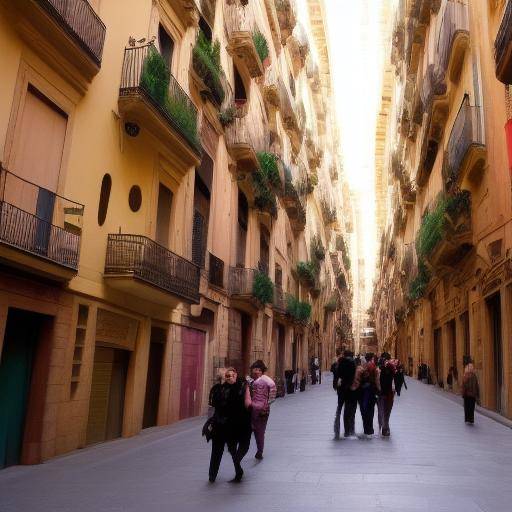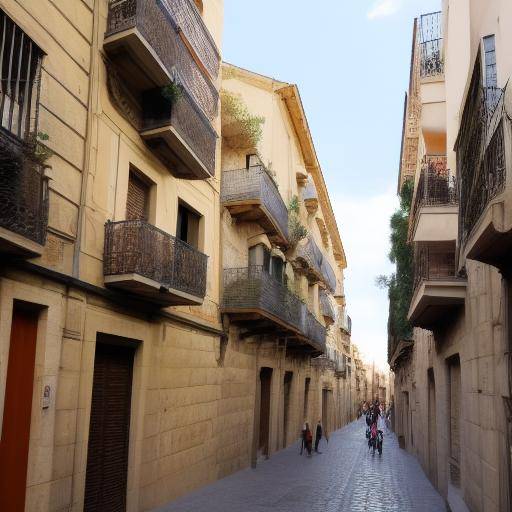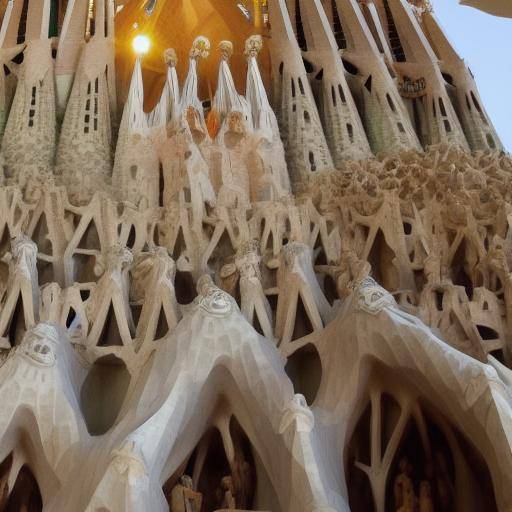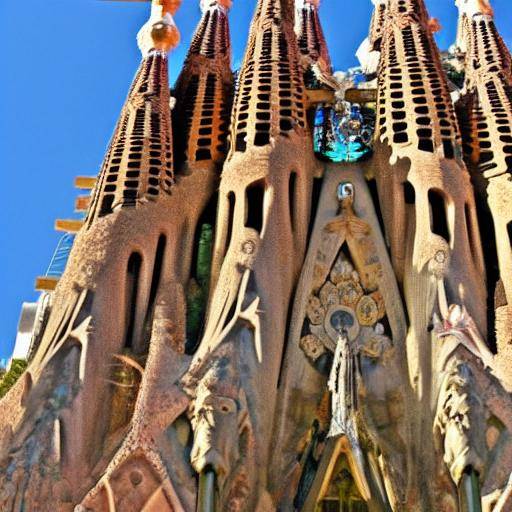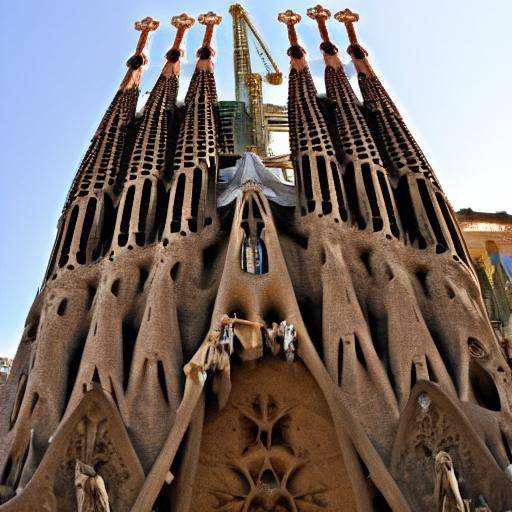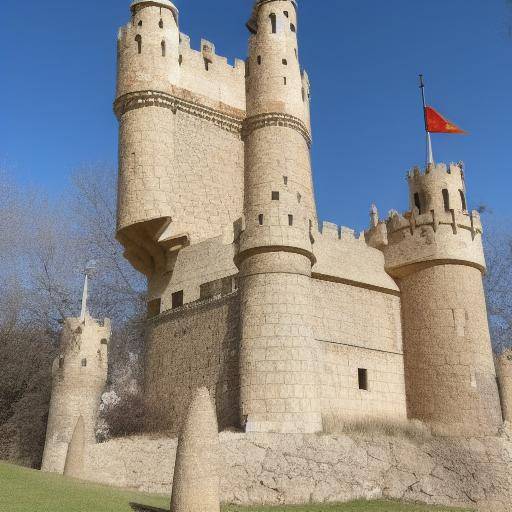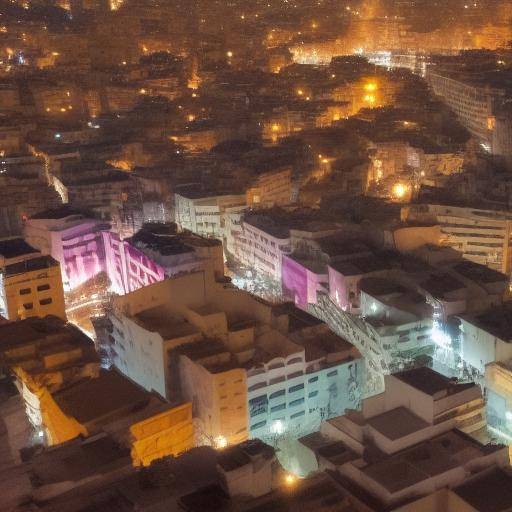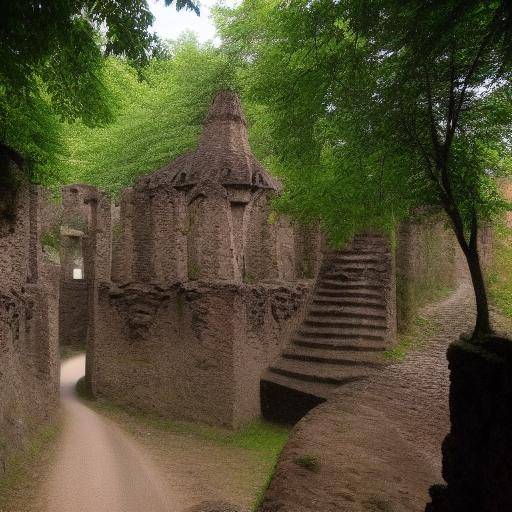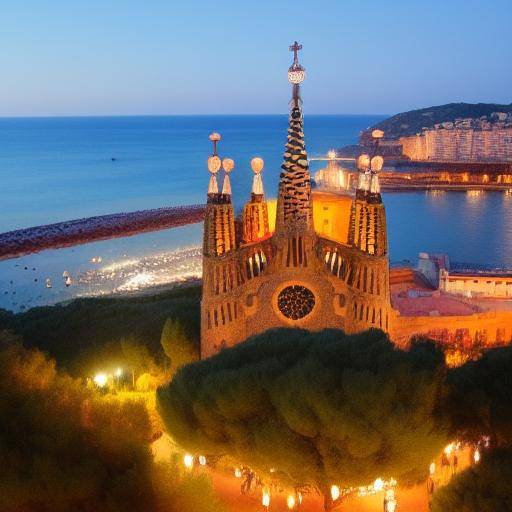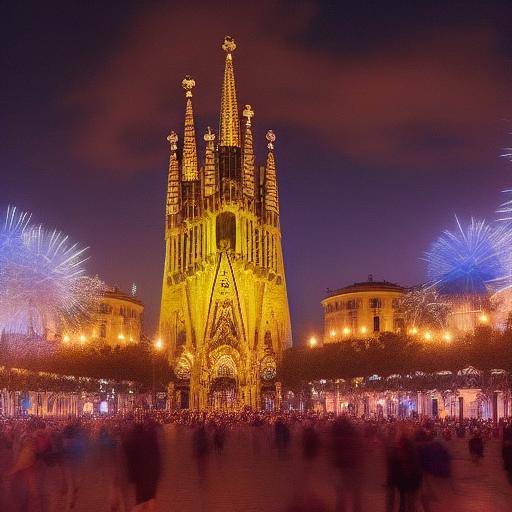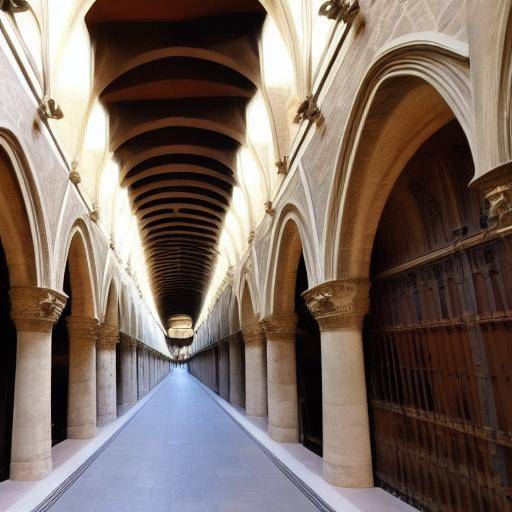
The Gothic Quarter of Barcelona is a melting pot of history, architecture and culture that captivates those who venture to visit their charming cobbled streets. This medieval jewel of the Catalan capital is a living testament of the Gothic period, where the greatness of the ancient buildings evokes the greatness of the past times.
In this extensive article, you will immerse yourself in a journey through the time and medieval architecture of Barcelona, exploring the Gothic Quarter and discovering the magnificence of its history. From the origin of this emblematic neighborhood to its shocking structures and historical curiosities, you will embark on an enriching experience that will awaken your fascination for the past of this city.
The fascinating history of the Gothic Quarter
The Gothic Quarter, also known as the Barri Gòtic in Catalan, is the historic centre of Barcelona and an architectural treasure dating from the Middle Ages. Its narrow alleys, picturesque squares and majestic churches tell the story of a city that has resisted the passage of time.
Origins and evolution of the Gothic Quarter
The Gothic Quarter has its roots in Roman Barcelona, where the old city of Barcino was erected. With the collapse of the Roman Empire, this settlement experienced significant transformations, giving rise to the primitive medieval nucleus that would become the Gothic Quarter. Explore the remains of the ancient Roman wall and the ruins that speak of the glorious past of the city.
Monuments and historical curiosities
The walk through the Gothic Quarter will take you to discover emblematic monuments such as the imposing Barcelona Cathedral, where the Gothic majesty dazzles every step. Focus on the Plaça del Rei to marvel at the Palacio Real Mayor, an architectural gem that will transport you in time. Discover the historical curiosities hidden between the narrow streets, such as the legendary Plaza del Rey, witness of great events that forged the history of the city.
Barcelona, the official tourist portal of Barcelona, offers detailed information on the points of interest of the Gothic Quarter.
Weaving the Gothic Legacy: Medieval Art and Architecture
Gothic art permeates the Gothic Quarter with its imposing buildings and monuments, making it an incomparable window of the architectural and artistic skill of the time. Immerse yourself in the delicate lines and splendid sculptures that adorn the Gothic churches, and discover the lasting impact of this artistic expression on the architecture of Barcelona.
Gothic influence on the architecture of Barcelona
The Gothic architecture defines the identity of the Gothic Quarter, with its pointed arches, rosettes and imposing counterforces that testify to the greatness of this artistic current. Admire the majesty of the Basilica of Santa Maria del Mar, a jewel of the Catalan Gothic that pays tribute to the skill of the master builders of the time. Explore the intricate details of medieval architecture found in every corner of the neighborhood, from hidden courtyards to sculpted facades.
The influence of Gothic on culture and society
Gothic goes beyond the architecture and penetrates into the culture and society of the time, leaving a mark on the customs, beliefs and daily lives of the medieval inhabitants. It analyzes how the Gothic buildings reflect the religiosity and the cosmovision of the medieval world, and understands the transcendence of this current in modern life. Dive into the glorious stained glass windows that decorate the Gothic churches, telling Bible stories through vibrant colors and captivating designs.
Preservation of Gothic Legacy in Contemporary Barcelona
The Gothic heritage of Barcelona has been carefully preserved and restored to preserve its original splendor. Explore initiatives and projects aimed at protecting these masterpieces from Gothic architecture, ensuring their legacy for future generations. It appreciates the effort dedicated to keeping alive the medieval essence of the Gothic Quarter, which continues to be a beacon of inspiration for architects, artists and lovers of history.
Differences and similarities between the Gothic Quarter, Barcelona and medieval history
Compare and contrast the Gothic Quarter, Barcelona and medieval history allow us to understand the context in which this magnificent architectural manifestation flourished. It highlights the peculiarities that distinguish the Gothic Quarter from other historical structures, while highlighting the deep connections between the medieval architecture and the environment in which it originated. Explore the similarities and differences that shape the unique identity of this region, framed by the richness of its history and culture.
Practical tips for exploring the Gothic Quarter and its medieval architecture
Explore the fascinating Gothic Quarter requires proper preparation to enjoy this unique experience. From recommendations to explore its cobbled streets to suggestions to visit outstanding monuments, these practical suggestions will help you plan a memorable adventure full of history and architecture.
Tips for an Enriching Visit to the Gothic Quarter
- Pre-planning: Research the sites of interest to create an itinerary that maximizes your time in the neighborhood.
- Comfortable shoes: The cobbled streets demand an appropriate footwear to travel comfortably.
- Visiting hours: Check the opening hours of monuments and museums to avoid setbacks.
These tips will allow you to enter the heart of the Gothic Quarter with confidence and make the most of your exploration of the medieval architecture of Barcelona.
Conclusions and FAQs
Conclusions
The Gothic Quarter stands as a living testimony of the grandeur of the medieval past of Barcelona, enriching the city with its invaluable architectural and cultural heritage. His majestic Gothic architecture invites you to travel in time, immersed in the essence of an era marked by genius and artistic splendour. Entering your streets becomes an unforgettable journey through history and the eternal beauty of an ancestral legacy.
Frequently asked questions
What is the best time to visit the Gothic Quarter?
Spring and autumn offer pleasant temperatures and less tourist influx, allowing you to enjoy better the unique atmosphere of the neighborhood.
What are the essential monuments to visit in the Gothic Quarter?
The Cathedral of Barcelona, the Basilica of Santa Maria del Mar and the Palacio Real Mayor are waterproof to explore medieval architecture.
Are guided tours offered in the Gothic Quarter?
Yes, there are numerous companies and tour guides that offer specialized tours of the neighborhood, providing a deeper insight into their history and architecture.
What influence did Gothic architecture have in contemporary Barcelona?
Gothic architecture has inspired numerous modern buildings in Barcelona, influencing architectural styles and the preservation of historical heritage.
What is the best way to get around the Gothic Quarter?
The neighborhood is ideal for walking, allowing you to appreciate every architectural detail and immerse yourself in its charming atmosphere.
What aspects reflect the Gothic influence on Catalan culture?
From religious celebrations to artistic traditions, Catalan culture has been shaped by the Gothic influence, which persists in the identity of the region.
Exploring the Gothic Quarter, its medieval architecture and its deep connection to the history and culture of Barcelona is a revealing journey that will enrich your understanding of this wonderful city. Dive into the grandeur of the medieval past and discover the magic hidden between its cobbled streets.
With this guide, you will be prepared to enter the Gothic Quarter with confidence, discovering its architectural wonders and absorbing the essence of its medieval legacy.

